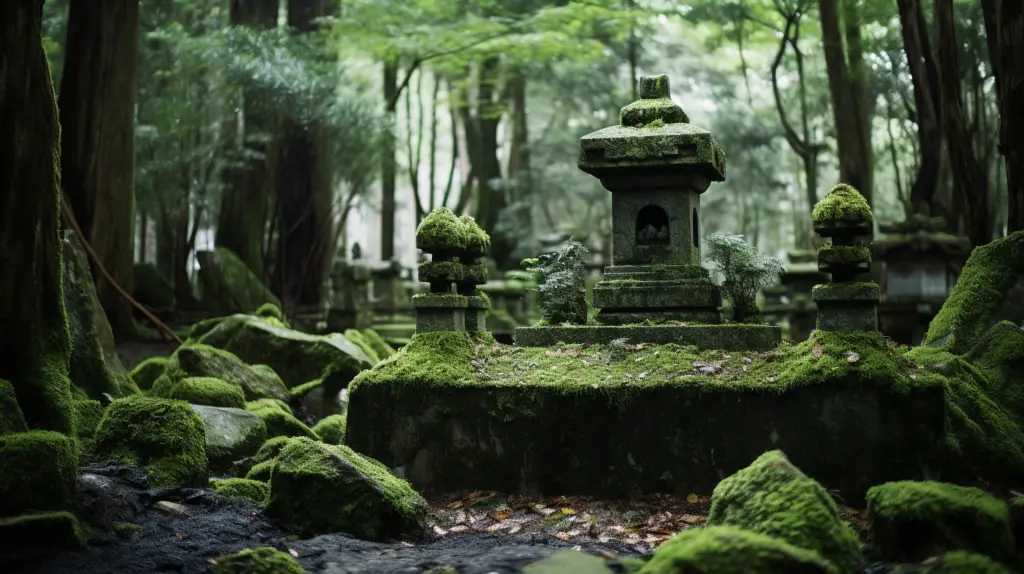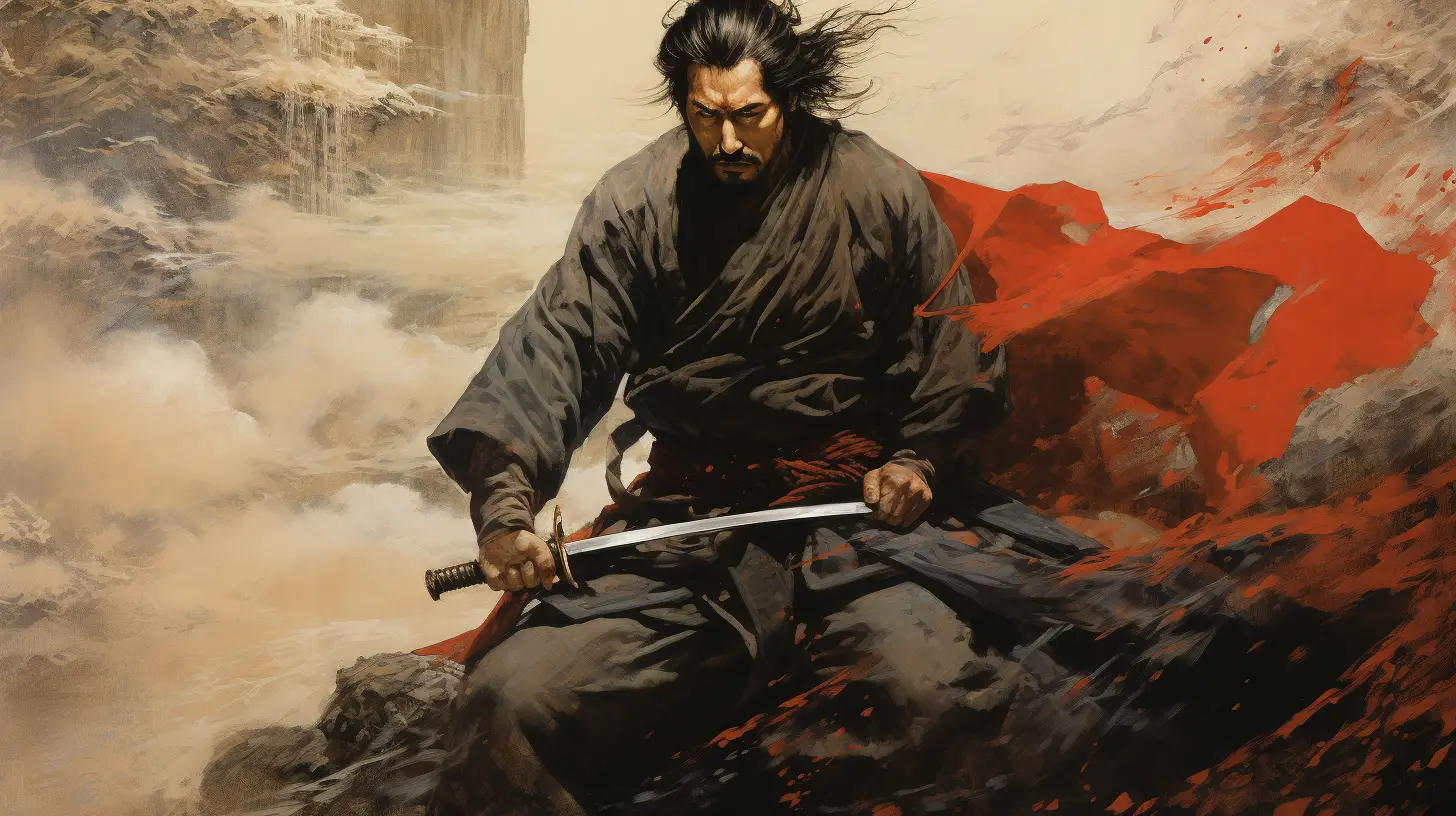Miyamoto Musashi, one of the most iconic samurai in Japanese history, spent his life traveling and honing his martial skills, a journey that culminated in his philosophy and strategic prowess that still echo today. A final testament to his life’s journey, his grave, is located in the quiet, secluded hills of Mimasaka, in the Okayama Prefecture of Japan.
The Life and Legacy of Miyamoto Musashi
Before we delve into the details of Musashi’s grave, it is essential to understand the man whose life is honored by this monument. Miyamoto Musashi was a master swordsman, philosopher, and strategist, who lived during the late Sengoku and early Edo periods in Japan. He is renowned for his undefeated record in over 60 duels, his unique two-sword fighting style, Niten Ichi-ryu, and his timeless treatise, “The Book of Five Rings.”
Musashi’s Passing and His Final Resting Place
Towards the end of his life, Musashi retired to a life of seclusion, choosing to spend his final years as a hermit in a cave known as Reigandō, or “Spirit Rock Cave,” in Kumamoto Prefecture. It was here that he penned his philosophical masterpiece, “The Book of Five Rings.”
Musashi passed away on June 13, 1645. As per his last wishes, he was buried in armor in the village of Yuge, near the main road in the northern part of Mimasaka. This location was symbolic; he had spent his life traveling, and his grave on the roadside is like a final journey.
READ MORE: Miyamoto Musashi’s Sword Style: Mastery Through Niten Ichi-ryu
The Miyamoto Musashi Grave Site
Today, visitors can pay their respects to this legendary figure at the Miyamoto Musashi Cemetery. A stone pathway, lined with centuries-old pine trees, leads to the grave, creating a serene atmosphere that echoes with the solitude Musashi chose in his final years.
At the grave site, a weathered tombstone stands solemnly. Inscribed on the tombstone are the kanji characters for “Miyamoto Musashi,” marking the final resting place of the legendary swordsman. Near Musashi’s grave, there is a smaller tomb believed to be that of his adopted son, Miyamoto Mikinosuke.
Next to the grave, there is a statue of Musashi depicting him in his iconic two-sword pose, reflecting the fighting style that he developed and perfected. This statue serves as a reminder of Musashi’s martial prowess and his contributions to the art of Kenjutsu.
READ MORE: The Legendary Katana of Miyamoto Musashi: A Story of Skill and Spirit
An Enduring Testament
The grave of Miyamoto Musashi remains an enduring testament to a man who had a profound impact on the history of martial arts. It is a site of pilgrimage for many admirers and martial arts practitioners worldwide, who come to pay their respects to the legendary swordsman.
Visiting the grave offers a glimpse into the life of Miyamoto Musashi – the master swordsman, the philosopher, the undefeated duelist. While the man himself has long passed, his legacy continues to inspire, evident in the quiet tranquility of his final resting place.
READ MORE: Miyamoto Musashi’s Real Sword: The Blade of a Legend
Conclusion
In life, Miyamoto Musashi was a traveler, a fighter, and a philosopher. His grave, a simple tombstone by the roadside in a small village, reflects the humble end of a man whose impact was anything but. Whether one visits to pay respects or to connect with a figure from history, Musashi’s grave stands as a quiet reminder of the legendary swordsman’s extraordinary life and enduring legacy.



